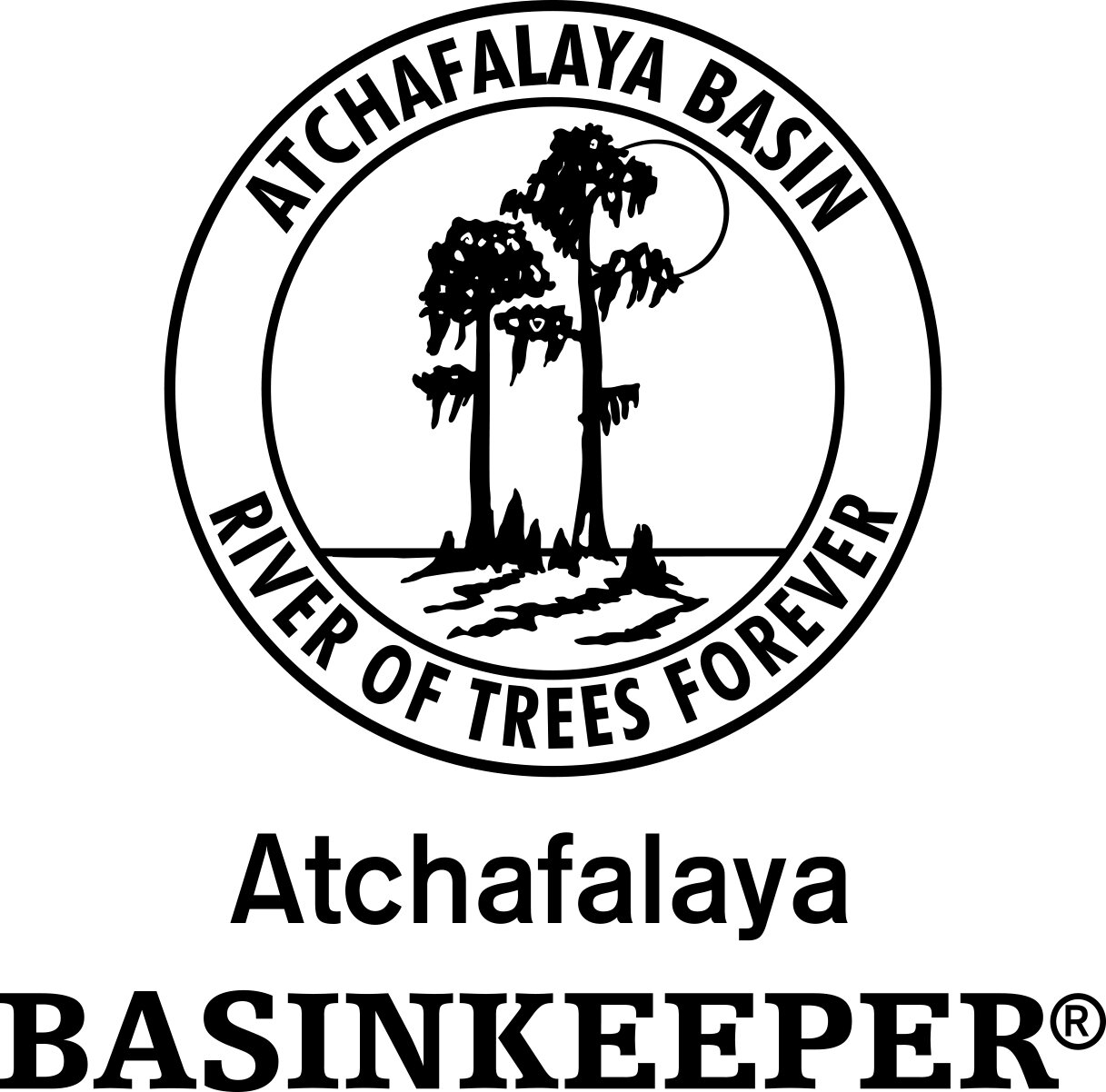Logging
The forests of the Atchafalaya Basin used to be very different from what they are today. Cypress trees, which are related to the sequoias and the redwoods, are capable of growing up to 200 feet tall. Historically, the cypress were so healthy, plentiful and large, with cypress knees over twenty feet tall, that light could not penetrate their thick canopy. During the Spring the sound of migrating birds was deafening. Some of those birds are extinct today, like the Carolina parakeet and the passenger pigeon. The number of birds today is a shadow of what it used to be, and the forest of giant trees a thing of the past.
Cypress wood became very valuable in the 1700s for building purposes in this southern, humid climate. It is not known exactly how many acres of cypress forests we used to have in the year 1700 in Louisiana, but it is estimated at somewhere between 8 to 10 million acres. After about 150 years of logging, an 1848 survey estimated that only 2.3 million acres of cypress forests remained in Louisiana. By 1900, cypress logging was the largest industry in Louisiana, peaking in the 1910s. Today, no real old-growth forests remain in the Basin; the only thing left behind is very young cypress trees (approximately 120 years old) that will take hundreds of years to fully grow and old giants hollow trees.
In Louisiana, only 840,000 acres of forests came back with the species. It is very difficult for cypress to regenerate. If saplings are completely submerged for 45 days or longer during the growing season, they will not survive. Today, these young trees cannot compete in the altered conditions of the swamp - against unnatural hydrology, competition by vines, bushes and other species of trees, and wildlife predation.
In the year 2000, companies began logging the remaining second growth cypress forests, mainly to produce cypress mulch. The mulch was being sold by Wal-Mart, Home Depot and Lowe's as environmentally harvested from Florida. By 2006, cypress forests were being logged at a rate of 20,000 acres per year and over 83,000 acres had been logged in the Atchafalaya and Maurapas Basins areas alone. Through resistance pioneered by Atchafalaya Basinkeeper, we managed to stop all logging operations in 2012. But the threat resurfaced in fall 2016.
A second threat to our cypress forests came from the wood pellets industry when a British company sought to use Louisiana cypress for production. However, after Basinkeeper successfully educated the company about the Basin's treasure, they refused to use trees from wetland forest to produce wood pellets. Although a foreign company recognized what an asset to humanity and future generations are Louisiana cypress forests, our government continues to allow the trees to be destroyed.
ABK's "Cypress Shield Campaign" continues to protect our cypress forests, recently stopping new logging operations in 2016. Cypress logging remains a very real threat to the Atchafalaya Basin. Despite years of battles with logging companies and successes in exposing covert uses of unsustainably logged cypress, the war continues. However, we continue to diligently monitor the Basin for ongoing illegal cypress logging activities.



